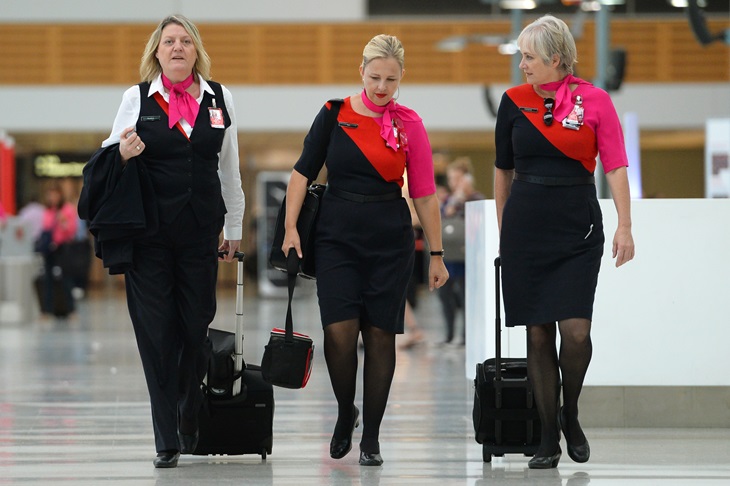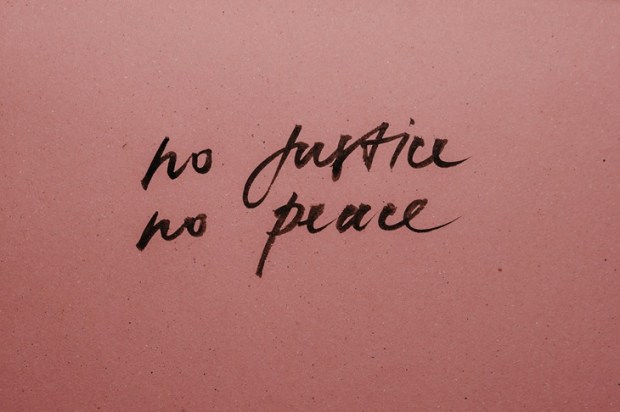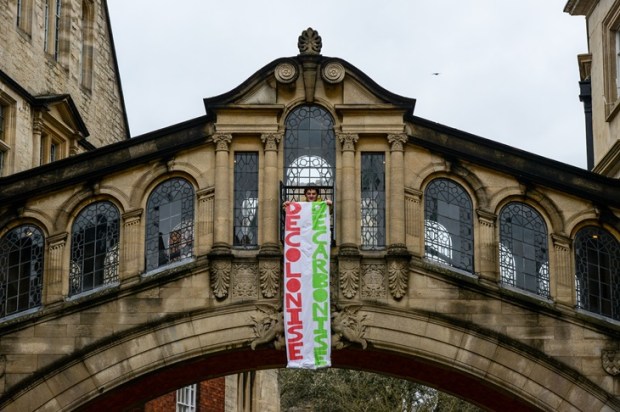On February 27, days before International Women’s Day, the Workplace Gender Equality Agency (WGEA) issued The Gender Pay Gap Report. It claimed to uncover a 21 per cent gap in pay between men and women across Australia and offered a detailed account of the so-called ‘pay gap’ within each company.
Already a subscriber? Log in
Subscribe for just $2 a week
Try a month of The Spectator Australia absolutely free and without commitment. Not only that but – if you choose to continue – you’ll pay just $2 a week for your first year.
- Unlimited access to spectator.com.au and app
- The weekly edition on the Spectator Australia app
- Spectator podcasts and newsletters
- Full access to spectator.co.uk
Or


























Comments
Don't miss out
Join the conversation with other Spectator Australia readers. Subscribe to leave a comment.
SUBSCRIBEAlready a subscriber? Log in